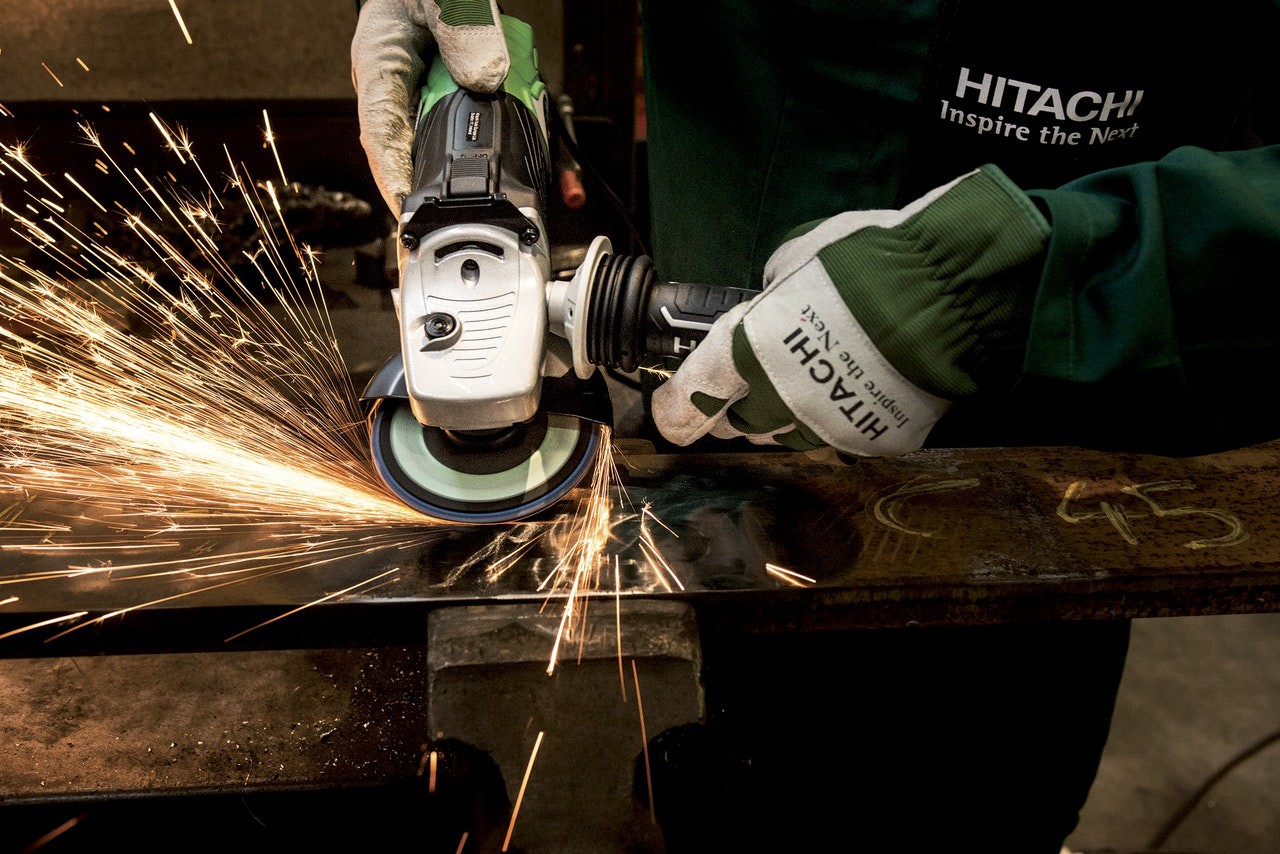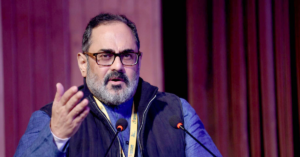In an ideal world, manufacturers and product consumers appreciate and value the on-time delivery of products and services. The same applies to high-quality precision metal components at the lowest cost possible.
These three pillars – quality, speed, and cost – are difficult to achieve together in any industry. Something almost always goes amiss. And in the case of precision metal components, this is especially so.
The overriding consideration in mission-critical processes like automotive, medical, and aerospace applications demands the availability and ability to provide quality and performance. You cannot afford to compromise on either.
As a precision metal components supplier, you must, therefore, accept that manufacturing quality products takes time, and they come at a price. And while these qualities build factories into their production schedules and pricing models, you will inevitably experience inconsistencies and other supply issues.
Fortunately, you will always find a satisfactory balance in the sheet metalworking industry for a better workable process to the quality, cost, and speed equation.
Consider the Process
All manufacturers must consider the question of designing and creating prototypes that ensure their products have the correct tolerances for use and components are fit for their purposes.
Like most prototype operations, manufacturers must resort to tooling and accept a certain degree of trial and error, which may potentially add time and cost to the overall process. This can be even more time-consuming and costly when the precision material components behave in unexpected ways.
Since different metals exhibit different qualities, and every client’s design is unique, this isn’t uncommon. For example, stainless-steel is a hard metal, and aluminum is a soft one. Both metals can present specific challenges during their precision and photo chemical etching processes which can be quite costly and time-consuming to resolve.
Then there is the actual cutting itself, which may include the use of mechanical equipment, including water jetting and stamping. These processes can crush, shear, or damage the metal edges. Similarly, laser cutting uses and produces heat, which affects different metals differently.
Naturally, you must accept and expect potential issues and complications at almost every step of the process. These eventually drive manufacturing and supply costs up and may lead to delays and lead-time uncertainties, all of which are problematic.
Reducing Complexity with Photo Chemical Etching
Complexity is the root cause of this uncertainty, which ultimately translates into increased costs.
The simplest way to address this issue is through simplicity. And photochemical etching is the best solution to this problem.
Chemical etching is a “subtractive machining process” where specialized equipment print components on specially coated metals. These chemical etching machines use UV light to etch precise features on the metal surfaces. Thus, the name photochemical etching. It is quite similar to printing, except it is in 3D. Chemical etching can produce highly complex components and be used on virtually any metal or alloy with a thickness of 1.5mm or less. It can also etch sheets up to 1500mm long. The process is perfectly suited for speedy production and offers unlimited geometric customization and infinite repeatable accuracy.
The photochemical etching process can handle even the most intricate metal component designs and is applicable even for extreme applications. And while this technology may be complex, its process is quite streamlined, making it a highly cost-effective solution for precision metal component manufacturing.
Cost-Effective Production
While the overall cost of manufacturing and supplying high precision metal components is subjective, it boils down to the sum of materials used (metal and photo-resist). You must also consider the technical costs and machine time, labor (including engineering), and overheads, including power and waste treatment, chemistries, water, and other standard service and administration costs.
Compared to other machining operations, you will find chemical etching to be a more affordable and streamlined process. Phototools are quick to produce and can last the lifetime of the part. The repeatability of the chemical etching process also allows for larger precision metal component production at a lower cost.
Fast and Flexible Prototyping
Unlike conventional precision metal manufacturing processes, digital tooling will reduce the time and costs associated with the physical process. On the same note, you can pay by the sheet of parts during prototyping to minimize expenditure.
You also won’t incur further costs for any additional processes because all component features are etched at the same time.
A single phototool can process batches of components in one production run. This allows you to telescope timeframes from weeks, even months, into just a few hours or days, saving you a lot on costs and time, again.
Design Freedom
The economic and adaptability features of chemical etching play a key role in the manufacturer’s and client’s design freedom. You have more leeway to produce products that were once impossible to etch. Photochemical etching allows you to create prototypes in just a few hours at incredibly low costs. And knowing that there’s no barrier to entry with this new technology allows you to manufacture even the most complex designs within days, with design iterations taking just a few hours.
Safe to say that photochemical etching opens doors for even more innovation and pushes back barriers that previously constrained many design engineers. This new technology will allow you to manufacture high-precision metal parts that were once thought to be impossible.
The Design Engineer’s Guide to Chemical Etching
Chemical etching achieves exacting tolerances at a highly repeatable rate. In many instances, it is perhaps the only technology that can manufacture precision metal components cost-effectively. It does this while maintaining the accuracy necessary in some of the most demanding, often safety-critical applications.
Therefore, we advise that you fully appreciate the versatility of this new technology and the many other aspects it can affect in the product design world.
The Bottom Line
While other metalworking methods like stamping and water jet, and laser cutting can deliver high-quality end-products, you want to ask yourself how well they stack up against cost, quality, and speed models. Your answer will likely be “less well than chemical etching.”
Photochemical etching introduces simplicity into the process while enabling the cost-effective delivery of precision metal components. At the same time, it reduces risk and uncertainty throughout your supply chain, making it a more preferred and widely sought alternative.










